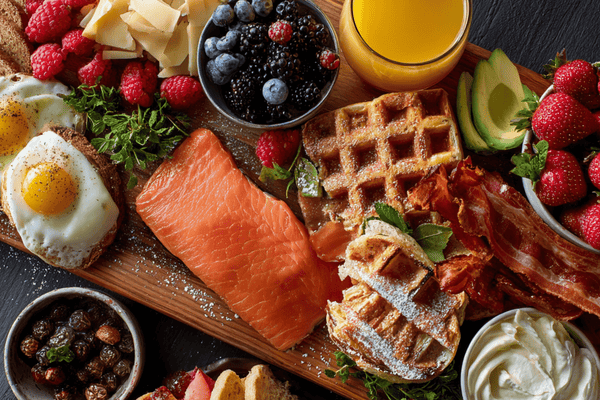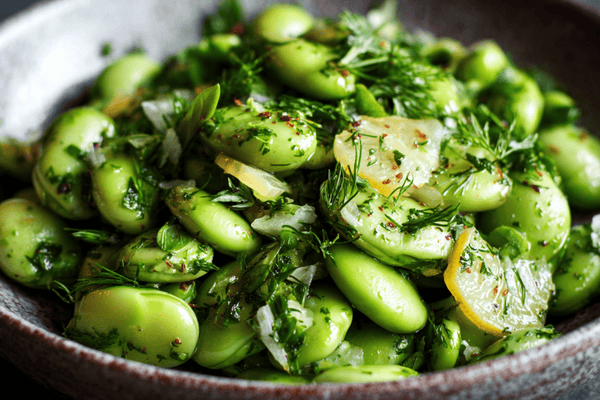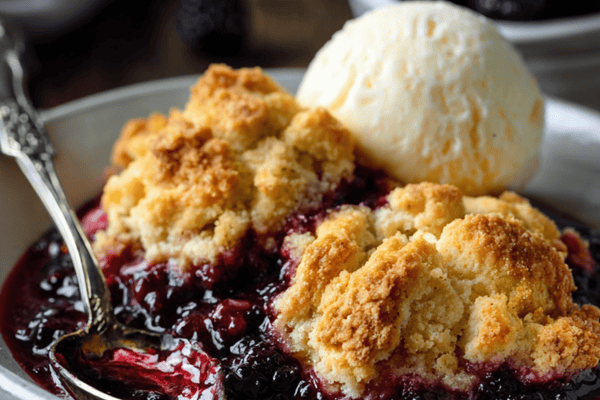
Having the right tools can make all the difference when it comes to cooking. The Dutch oven is one such tool that has stood the test of time. This versatile piece of cookware has been used for centuries and continues to be a staple in kitchens around the world. From slow-cooked stews to freshly baked bread, the Dutch oven offers a wide range of culinary possibilities.
Table of content
The History of Dutch Ovens
Origins and Development
The Dutch oven's origins can be traced back to the early 17th century in the Netherlands. The Dutch were renowned for their casting techniques, which led to the creation of a heavy cast-iron pot with a tight-fitting lid and sturdy handles. These early Dutch ovens were primarily used for cooking over an open fire or in traditional hearths.
Colonial Influence
During the colonial era, Dutch settlers brought their cast-iron cookware to America, where it quickly gained popularity. Due to its durability and versatility, the Dutch oven became an essential cooking tool for pioneers, explorers, and settlers. It was particularly valued for its ability to retain heat and distribute it evenly, making it ideal for cooking in challenging outdoor conditions.
Modern Adaptations
Over time, Dutch ovens have undergone several design changes and material advancements. While the traditional cast-iron Dutch oven remains popular, modern variations made from enameled cast iron, stainless steel, and even ceramic have entered the market. These adaptations offer improved heat distribution, easier cleaning, and a wider range of color options.
Features of a Dutch Oven
Construction
Dutch ovens are typically made of heavy-duty materials such as cast iron or enameled cast iron. The cast-iron construction ensures excellent heat retention and even cooking, while the enamel coating adds a layer of protection and makes cleaning easier. The lids of Dutch ovens are designed to fit tightly, trapping moisture and flavors inside.
Size and Capacity
Dutch ovens come in various sizes, ranging from small individual servings to large family-sized pots. The capacity is often measured in quarts and can range from 2 to 12 quarts or more. When selecting a Dutch oven, consider your cooking needs and the number of people you usually cook for.
Handles and Lids
Dutch ovens are equipped with sturdy handles on both sides, allowing for easy maneuvering, even when wearing oven mitts. The lids are an essential part of the Dutch oven and are typically designed with a tight-fitting seal to prevent heat and moisture from escaping. Some lids even feature self-basting spikes that help distribute condensation evenly during cooking.
Uses of a Dutch Oven
Stovetop Cooking
Dutch ovens excel at stovetop cooking, allowing you to prepare a wide range of dishes. From simmering soups and sauces to braising meats and vegetables, the even heat distribution of a Dutch oven ensures consistent and flavorful results. Its ability to retain heat also makes it ideal for deep-frying and searing.
Oven Roasting and Baking
One of the unique features of a Dutch oven is its versatility in the oven. It can be used for roasting whole chickens, baking bread, or creating delectable casseroles. The enclosed environment of the Dutch oven helps trap the steam, resulting in moist and succulent roasts or perfectly crusty bread.
Outdoor Cooking
Dutch ovens are a favorite among outdoor enthusiasts, such as campers and hikers. Their durable construction and heat retention properties make them perfect for cooking over a campfire or using charcoal briquettes. From hearty stews to cobblers, Dutch ovens allow you to prepare delicious meals in the great outdoors.
Why choose a Dutch Oven
Dutch ovens have gained immense popularity due to their exceptional cooking abilities and versatility in the kitchen. Here are a few more points to further enhance your understanding of this remarkable cookware:
- Heat Distribution: Dutch ovens are designed to distribute heat evenly throughout the pot. This feature allows for consistent cooking and helps prevent hot spots, ensuring that your food cooks uniformly.
- Moisture Retention: The tight-fitting lid of a Dutch oven helps retain moisture during the cooking process. This moisture creates a self-basting effect, enhancing the flavors of your dishes and keeping them moist and tender.
- Longevity and Durability: Dutch ovens, especially those made of cast iron, are renowned for their longevity. When properly cared for, they can last for generations. Their sturdy construction ensures durability and makes them ideal for both indoor and outdoor cooking adventures.
- Versatility in Cooking Methods: Dutch ovens can be used on various heat sources, including stovetops, ovens, campfires, and grills. This adaptability allows you to experiment with different cooking methods and prepare a wide range of recipes.
- Temperature Control: Dutch ovens excel at heat retention, allowing them to maintain a steady temperature even with low heat sources. This feature is particularly useful for slow cooking, simmering, and braising, as it ensures that your dishes are cooked to perfection.
- Easy Maintenance: While cast iron Dutch ovens require special care, they are relatively easy to clean and maintain. Proper seasoning and regular maintenance help prevent rust and maintain the non-stick properties of the cooking surface. Enameled Dutch ovens are even easier to clean as the enamel coating prevents food from sticking.
- Size and Capacity Options: Dutch ovens come in a variety of sizes and capacities to suit different cooking needs. Whether you're cooking for yourself or a large gathering, you can find a Dutch oven that fits your requirements.
- Timeless Cooking Tool: Dutch ovens have been used for centuries and have stood the test of time. Their enduring popularity is a testament to their effectiveness and reliability in the kitchen.
FAQ
Q: How do I season a cast-iron Dutch oven?
A: To season a cast-iron Dutch oven, start by washing it with warm water and mild soap. Dry it thoroughly, then apply a thin layer of vegetable oil or melted shortening to the entire surface, inside and out. Place the Dutch oven upside down on the middle rack of a preheated oven and bake it for about an hour. Repeat this process a few times to build up a good seasoning.
Q: Can I use a Dutch oven on an induction stovetop?
A: Yes, you can use a Dutch oven on an induction stovetop. However, ensure that the bottom of the Dutch oven is flat and made of magnetic material for proper heat transfer. Some Dutch ovens come with an induction-compatible base, while others may require the use of an induction disk.
Q: What is the difference between a Dutch oven and a French oven?
A: The terms "Dutch oven" and "French oven" are often used interchangeably. While both are typically made of cast iron and feature tight-fitting lids, the term "French oven" is often associated with enameled cast-iron cookware. However, the main difference lies in the name's origin, with "Dutch oven" referring to its historical development in the Netherlands.
Q: Are there any alternative materials to cast iron for Dutch ovens?
A: Yes, besides traditional cast iron Dutch ovens, there are alternatives available. Enameled cast iron Dutch ovens offer similar cooking properties with the added benefit of a non-reactive enamel coating. Stainless steel, ceramic, and even aluminum Dutch ovens are also available, each with their own unique features and advantages.
Q: How do I prevent food from sticking to the Dutch oven?
A: To prevent food from sticking, ensure that your Dutch oven is properly seasoned (for cast iron) or has a well-maintained enamel coating. Preheating the Dutch oven before adding ingredients can also help create a non-stick surface. Additionally, using enough cooking fat or oil and avoiding high heat can minimize sticking.
Q: Can I use a Dutch oven on a gas grill?
A: Yes, Dutch ovens can be used on a gas grill. Place the Dutch oven on the grill grates and adjust the heat accordingly. However, be cautious of hot spots and monitor the temperature to ensure even cooking.
Q: How do I clean a Dutch oven?
A: The cleaning process for Dutch ovens depends on the material. For cast iron Dutch ovens, avoid using soap and water, as it can strip away the seasoning. Instead, scrape off any food residue, rinse with hot water, and dry thoroughly. For enameled Dutch ovens, you can use mild soap and water for cleaning. Always refer to the manufacturer's instructions for specific cleaning guidelines.
Conclusion
Whether you're a seasoned chef or a beginner cook, a Dutch oven is a valuable addition to your culinary arsenal. Its versatility, durability, and superior cooking capabilities make it an essential tool for a wide range of recipes. Whether you are simmering a savory stew, baking a mouthwatering loaf of bread, or preparing a hearty roast, the Dutch oven's exceptional heat retention and even cooking capabilities ensure delicious results. Invest in a Dutch oven today and unlock a world of culinary possibilities.


